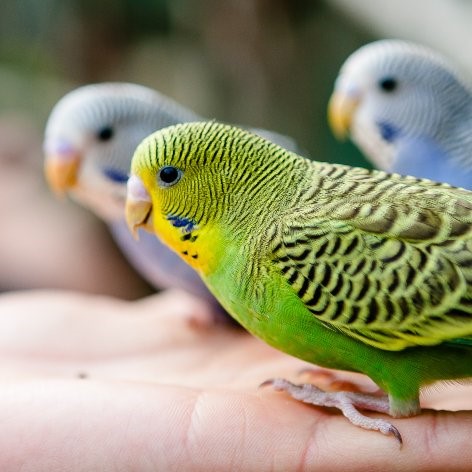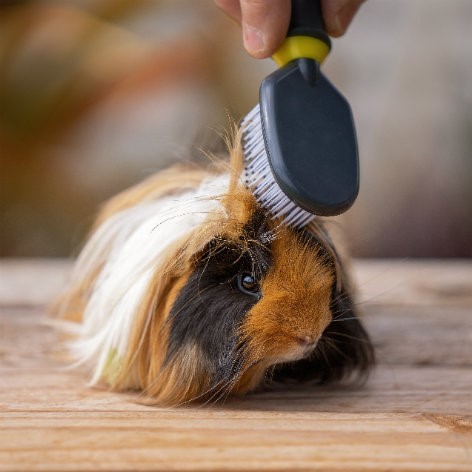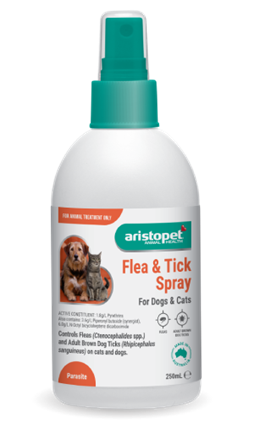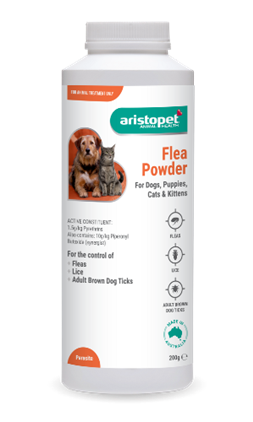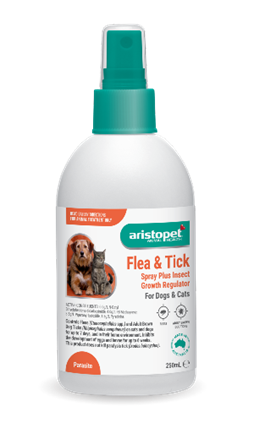Housing for Guinea Pigs
Guinea pigs really give so much to our lives, from their cute ‘popcorn’ jumps, to their cosy cuddles. The list goes on, which is why you should give them plenty of space for to live in.
That said, guinea pigs aren’t really best for small living. And although a small home or apartment would work fine, a larger home is usually more ideal for these compact creatures.
So, a guinea pig hutch?
Because big is usually best for your guinea pig, it’s wise to move them from a cage and into a hutch. A hutch is a cage divided into two connecting compartments. Just how big you’ll want it to be will depend on the number of guinea pigs you have:
| Number of Guinea Pigs | Preferred Size of Hutch |
| 1 | 1.0 sqm |
| 2 | 1.0 sqm |
| 3 | 1.2 sqm |
| 4 | > 1.2 sqm |
What makes a good hutch?
Definitely a covered section that will make them feel safe and protected, especially while they sleep. Their hutch should also be lined with soft grass or hay – but not straw, sawdust or wood shavings. These are more likely to cause respiratory problems.
When choosing a spot for their hutch, you’ll want to consider extreme weather conditions. For example, indoor hutches shouldn’t be placed in direct sunlight or a poorly-ventilated area, especially during hot summer months. Outdoor hutches should also be well-protected from intense sunlight and other elements, and be elevated to protect them from potential predators; which sometimes can include your other pets.
Want to know something interesting?
Daily exercise is a healthy move for your guinea pig. So if your guinea pig lives inside, from time to time and when it's safe, you could let them out of their pen and into a safe, enclosed room. (Of course, you’ll want to ensure all the doors are shut and electrical cables are off the floor.)
If they generally live outside, you’ll want to build a sturdy, fenced enclosure around their hutch, allowing them to feel a little dirt between their toes. This barricade, however, should also protect your guinea pig from predators, while preventing escape by burrowing or jumping. Inside the fencing, add some hollow logs, pipes, shrubbery or rocky caves, to give ythem both cover and protection.


